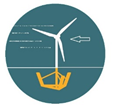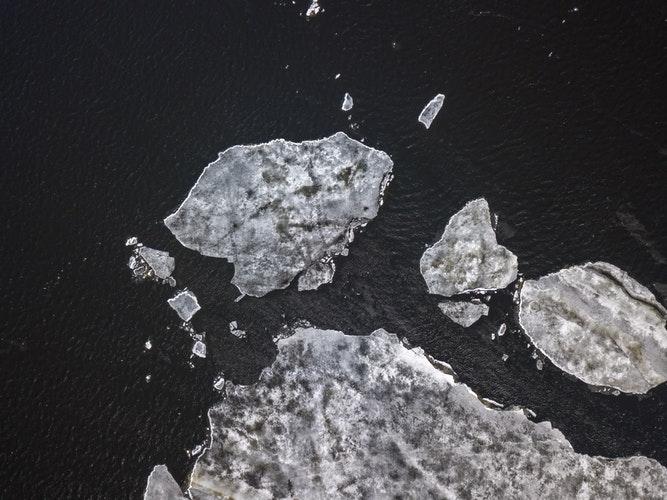Renewable Ocean Energy
Coastal and marine areas have always been a breeding space for innovation and development. An increasing number of projects, particularly in Renewable Ocean Energy, have recently surfaced in these areas, driven by climate change, the appeal of coastal life and aspirations for “Blue Growth”.
Coastal and marine areas have always been a breeding space for innovation and development. An increasing number of projects have recently surfaced in these areas, driven by climate change, the appeal of coastal life and aspirations for “Blue Growth”. The need for energy (particularly diversifying the means of energy production and developing clean energy) means we must take advantage of the wonderful potential of the marine world: wind, currents, waves, temperature differences, etc.
The 5 main types of Renewable Ocean Energy

Wind energy:
wind turbines anchored to the ocean floor or floating

Wave energy:
wave energy stations

Tidal energy:
dams and holding ponds

Thermal energy:
using the temperature gradient, i.e. the difference in temperature between the ocean surface and its coldest depths

Osmotic energy:
energy recovery near estuaries using the difference between the low salinity of freshwater rivers and the high salinity of ocean water

Offshore wind energy :
Other energies are exploitable at sea but are not strictly speaking coming from the water.
Using the sea winds to produce energy. Offshore wind is generally classified as a Renewable Ocean Energy. There are two types :
- Wind turbine fixed on the bottom of the ocean
- Wind turbine fixed on platforms on the ocean surface

Renewable ocean energy: at the crossroad between development and diversification
Renewable energy has colossal production potential in terms of energy, but can also provide employment, energy security and technological progress for production and storage infrastructures.
Renewable ocean energy is actually a whole subcategory of renewable energy. Currently, most of our renewable ocean energy comes from wind turbines. The first phase of wind energy involved anchoring the wind turbines to the ocean floor, which naturally limited possibilities. This then gave way to floating wind turbines, which require less infrastructure and can be installed in deeper waters.
Although wind energy is currently the most developed type of renewable energy, tidal and wave energy are also expanding, as is thermal energy conversion and, to a lesser extent, osmotic power. These energy farms are set to expand further and will take over part of the maritime and coastal space – with the exception of tidal energy, which is too invasive to be a priority.
Integration and preservation
Integrating these new industrial elements into the landscape and meshing them with preexisting practices is raising both questions and concerns. We must find a sustainable way to safeguard the current dynamics of these spaces while fostering renewable ocean energy.
In order to achieve this, we must be familiar with the topic so as to be able to discuss it with everyone concerned, as only open, genuine, and transparent dialogue can provide a maximum guarantee. We must, as soon as possible, take the full measure of the local challenges involved.
This is necessary to fully develop renewable ocean energy infrastructure in such a way as to imbed it in the environmental, social, and economic fabric which will then assimilate it.

A need to evolve and engage in dialogue
A booklet authored for citizens explains the stakes of the energy transition and the urgency for renewable energy research. The purpose of this document is to address the collective challenge of mitigating climate change and to encourage citizens to engage in consultation processes in these areas.
A study for contracting authorities (local authorities, states or private operators) explains the elements and importance of public consultation. This report presents the major obstacles to dialogue, proposes areas of improvement, and structures its recommendations around five major challenges.

